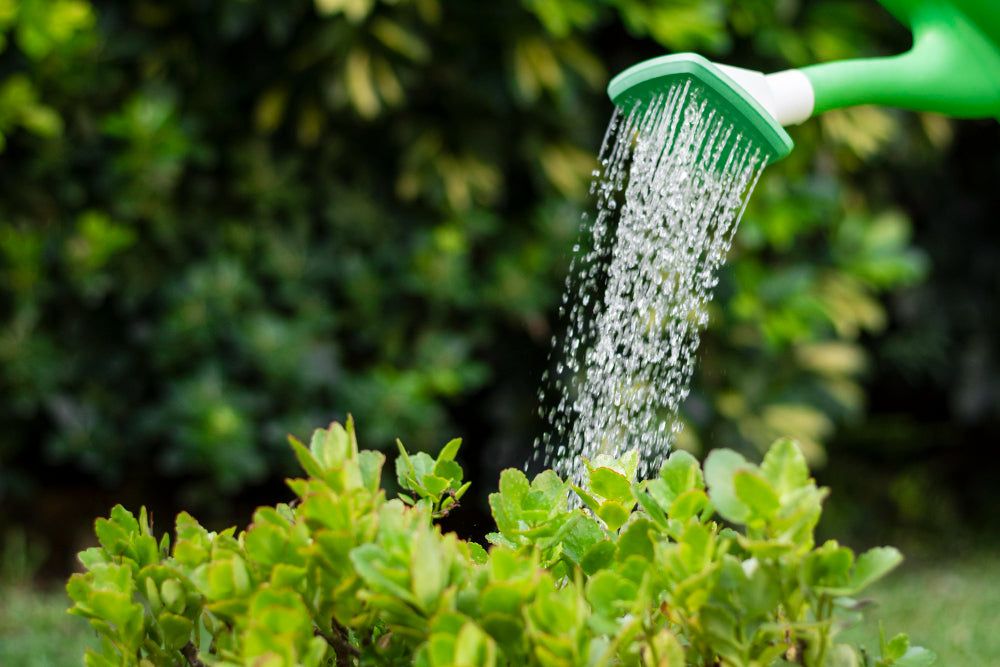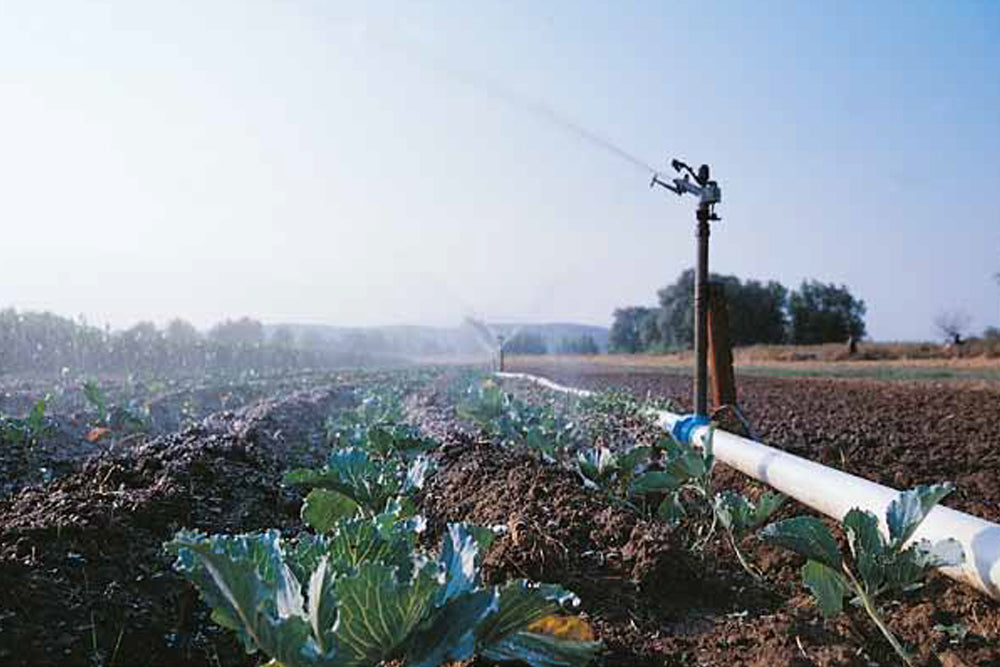Pump Performance

Maintaining pump performance is fairly simple and requires monitoring of just three parameters:
1. flow
2. pressure
3. power consumption
From the three parameters the pump efficiency can be calculated:
Pump efficiency η=H+Q∕367+P1
where
- H is the pump head in meters (m)
- Q is the flow in cubic meters per hour (m3/h)
- P1 is the motor power consumption in kilowatts (kW)
Please note that the formula above calculates both motor and pump-end efficiency as one total number. A comparison with the pump literature can therefore not be made, as this data is pumps-only efficiencies.
When checking the pressure, remember to add the elevation lift and friction loss from the discharge to the gauge, if the pressure gauge is not installed directly at the pump discharge. This must always be done for a deep well pump.
If these parameters are recorded right after the pump has been installed, they can be checked at regular intervals, or even better, with on-line monitoring equipment that can be set to give alarms if some of the parameters are changing, or exceeding a pre-set limit.
If deviations from the pre-set conditions occur there are typically three main reasons why:
1) The pump’s operating conditions have changed
For example, if the water table in a well drops and the pump has to deliver a bigger head; the duty point is actually moving to the left on the pump curve. Perhaps a valve in the system is throttling more or less than previously. If the conditions could be changed back, they should. If not, installing another pump should be considered.
2) The water or pressure requirements have changed
If another section of irrigated land has been added, or taken out, or the flow requirements have changed significantly, a change of pump must be considered; also if the irrigation system has been changed to a less water consuming application.
3) The pump is losing efficiency and needs repair or replacement
Pumps losing efficiency typically occur for the following reasons:
• Cavitation
Cavitation is a phenomenon caused by the water boiling. As described earlier, the water will boil at temperatures lower than 100° C, if the pressure
drops below 1 atm. Cavitation can be heard as a loud noise and vibration, and it is devastating for the pump. However, it is not the water boiling
that does the damage. It is when the water is changing its state from vapor to water that the damage occurs. The vapor bubbles in the water implode causing noise, and followed by a heavy mechanical impact, which will destroy the pump if cavitation takes place over an extended period.
• Water hammer
Water hammer is a problem that can occur when water is flowing in a pipe and a valve is closed too quickly. The longer the pipe, the worse the impact; and water hammer happens because water cannot be compressed. This can be compared with a long train in motion, which also needs some time to come to a complete stop. If it is forced to stop in a split second it destroys itself and everything that is trying to stop it.
When water hammer happens it can be identified as a loud noise, as when someone is hammering on the pipes. Water hammer can destroy both the pump, pipes, valves and other components in the system.
A way to avoid water hammer is by introducing an air buffer somewhere in the pipeline. This could be a pressure tank containing air, and since air is compressible the energy in the flowing water can be absorbed by the air volume. Another way to avoid water hammer is to introduce a soft start and stop of the pump. If the pump is equipped with a variable frequency drive (VFD), it will also have a soft start and probably also a soft stop. Since VFDs are good for general pump performance regulation, it is the recommended approach to avoid water hammer.
• Wear from sand and other abrasive materials in the water
Sand will over time destroy the pump completely, and already from very early in the process a loss of efficiency can be seen. A deep well designed correctly will not produce sand of significant quantities. But in many cases the well has not been made properly, and it will continue to produce sand for as long as it is in use. In such cases, the only way to avoid sand entering the pump is effective filtering before the pump inlet.
• Bad Power Supply
A bad power supply may destroy the electric motor.
- over voltage or in particular under voltage above + / - 10%
- phase unbalance with more than 3% deviation between phase voltage
- voltage spikes from other equipment starting and stopping, and in particular from lightning.
Grundfos offers a special overload device that takes care of all of the above.
• High temperatures
High temperatures can occur because of too high ambient temperatures, or because the cooling is not good enough. Electric motors normally have their maximum ambient temperature shown on the nameplate. Make sure that is not exceeded and that the motor can get rid of the heat generated.
Submersible pump motors are cooled by the water that is being pumped, and if that water is not removed quickly enough it will slowly heat up and exceed the maximum allowable temperature for that motor.
Some motors come with built in temperature sensors which will stop the motor whenever a pre-set temperature has been exceeded. Others require a separate signal wire is to transmit the temperature signal to a temperature overload
device. Grundfos submersible motors have a built-in temperature transmitter that sends a signal to an aboveground protection device with no extra wires, thus making the installation very simple.
• General overload
A general overload of the pump and motor will cause the
temperature in the motor to increase and eventually destroy the motor. It is therefore important always to install a good overload device, such as the MP204 described. This device will protect against all the possible disturbances that may occur, including overload


